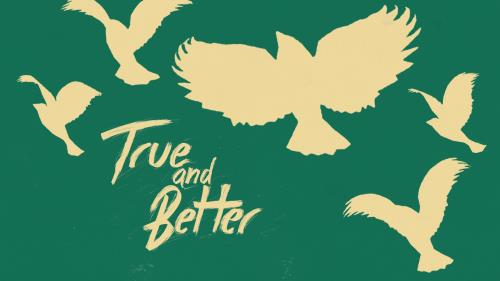-
Gethsemane: The World's Greatest Battle Series
Contributed by David Dykes on Jan 28, 2018 (message contributor)
Summary: What is your personal Gethsemane? What crushing experience are you facing? A bad marriage? A health issue? Your job? What is putting pressure on you like an olive press? Whatever form your Gethsemane takes, you can find peace in your pressure.
INTRODUCTION
A guy kept forgetting his passwords to login to his computer, so he finally changed his password to the word “incorrect.” That way, whenever he put in the wrong password his computer would remind him that his password is incorrect!
We come to the passage where Jesus is praying in the Garden of Gethsemane. If you think this was an easy experience for Jesus, you would be incorrect. Instead it was a battle. And I believe it was the world’s greatest battle.
In many wars there are decisive battles that change the course of history. In 732, Muslim armies had swept across the strait of Gibraltar and captured Portugal, Spain, and much of France. The goal was to conquer all of Europe. But the Muslim armies were defeated at the Battle of Tours led by Charles Martel. Had that battle not been won, we might all be Muslims today.
In the War for American Independence General George Washington trapped British Commander Charles Cornwallis at Yorktown, which ultimately led to the British surrender. Had that battle not been won, we might all be subjects of the Queen’s realm.
In Europe Napoleon’s army was sweeping the European continent, but in 1815 at the Battle of Waterloo, Lord Wellington was successful in defeating Napoleon. Had that battle not been successful we might all be speaking French today.
And who can forget D-Day, June 6, 1944, when thousands of Allied troops invaded Europe and began the march toward Berlin? Had that invasion failed, we might all be speaking German today.
In every war, there is a turning point that changes the course of history. And in the battle for our hearts and souls, I believe the most important battle was fought in Gethsemane. Jesus was yet to be crucified, but I believe the real battle took place that night in Garden.
Mark 14:32-42. “They went to a place called Gethsemane, and Jesus said to his disciples, ‘Sit here while I pray.’ He took Peter, James and John along with him, and he began to be deeply distressed and troubled. ‘My soul is overwhelmed with sorrow to the point of death,’ he said to them. ‘Stay here and keep watch.’ Going a little farther, he fell to the ground and prayed that if possible the hour might pass from him. ‘Abba, Father,’ he said, ‘everything is possible for you. Take this cup from me. Yet not what I will, but what you will.’ Then he returned to his disciples and found them sleeping. ‘Simon,’ he said to Peter, ‘are you asleep? Could you not keep watch for one hour? Watch and pray so that you will not fall into temptation. The spirit is willing, but the body is weak.’ Once more he went away and prayed the same thing. When he came back, he again found them sleeping, because their eyes were heavy. They did not know what to say to him. Returning the third time, he said to them, ‘Are you still sleeping and resting? Enough! The hour has come. Look, the Son of Man is delivered into the hands of sinners. Rise! Let us go! Here comes my betrayer!’”
The walk from the upper room to the Garden of Gethsemane was rather short, but it was very steep. Jesus and the disciples descended from Mt. Zion down into the Kidron Valley. The Brook Kidron was a narrow stream in the bottom of the valley, but nobody ever drank from the water. Josephus reported that it often ran red because the remains of the bloody sacrifices up on Temple Mount drained into the Brook Kidron. Jesus and the disciples crossed the bloody creek and walked up just a few hundred feet to an olive grove that spread across the lower flank of the Mount of Olives. That’s where Jesus fought the battle for our souls. Let’s learn three truths from that night.
I. JESUS PRAYED AT A PLACE WHERE OLIVES WERE CRUSHED
The Bible says, “They went to a place called Gethsemane.” The name of the Garden came from the two Hebrew words, gat shemone, which literally mean, “Oil press.” There were many olive trees there, so it would make sense to have an olive press nearby. Olives aren’t picked; they have to be harvested by taking long sticks and beating the branches so the ripe olives fall into a cloth spread beneath the branches. There were three steps to crushing the olives. First, all the olives would be dumped into a round stone trough and would be crushed by a man or a donkey advancing a wooden arm attached to a heavy round stone. This olive mush was then collected and put into round bags. These bags were stacked on top of each other and a long tree trunk placed on the bags to squeeze out even more oil. That oil was harvested as the virgin olive oil. Then finally stones were attached to the tree truck to crush even more oil from the baskets.

 Sermon Central
Sermon Central


